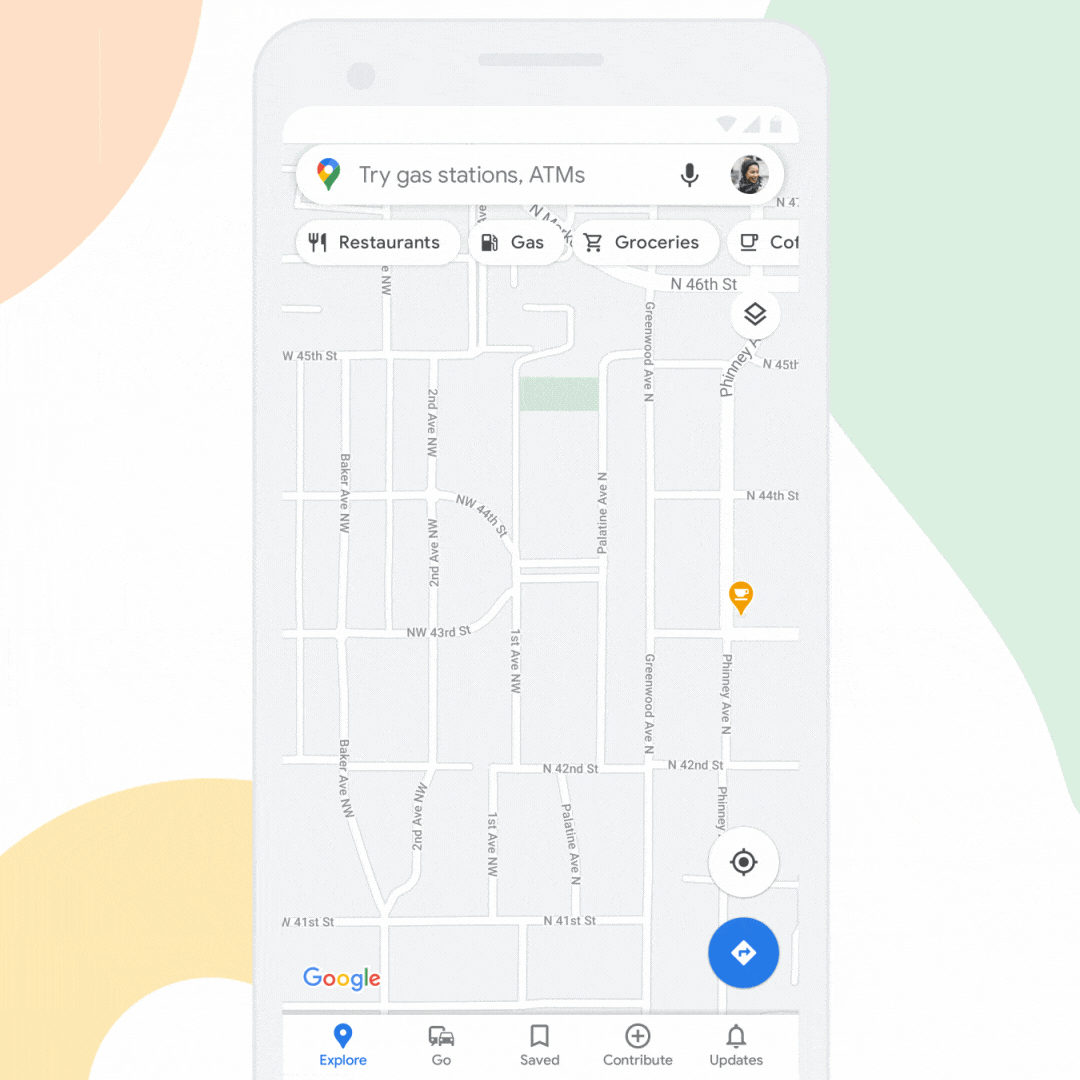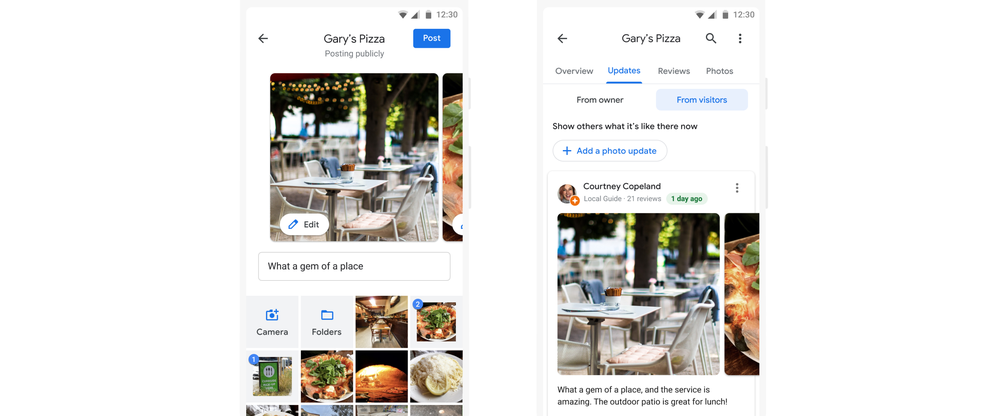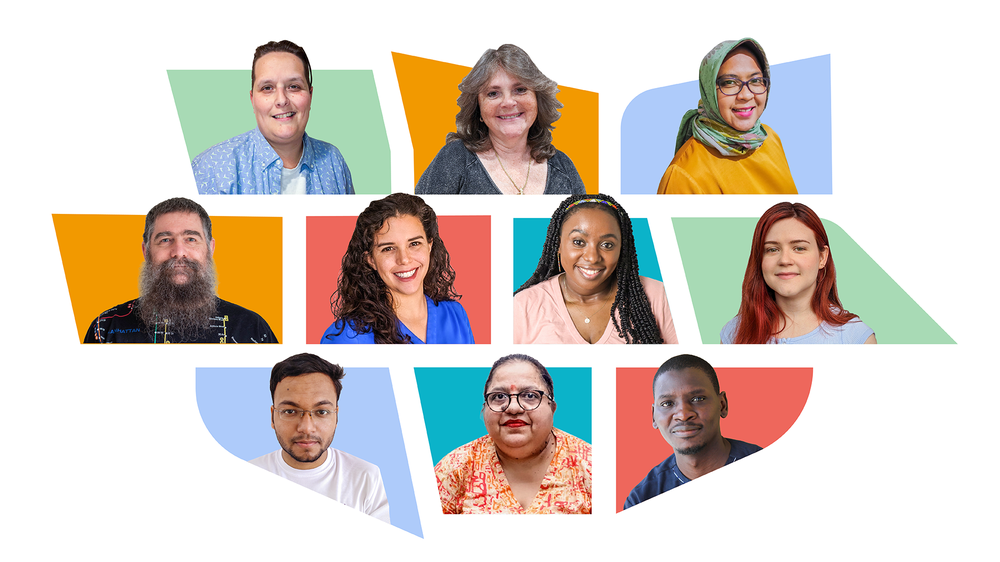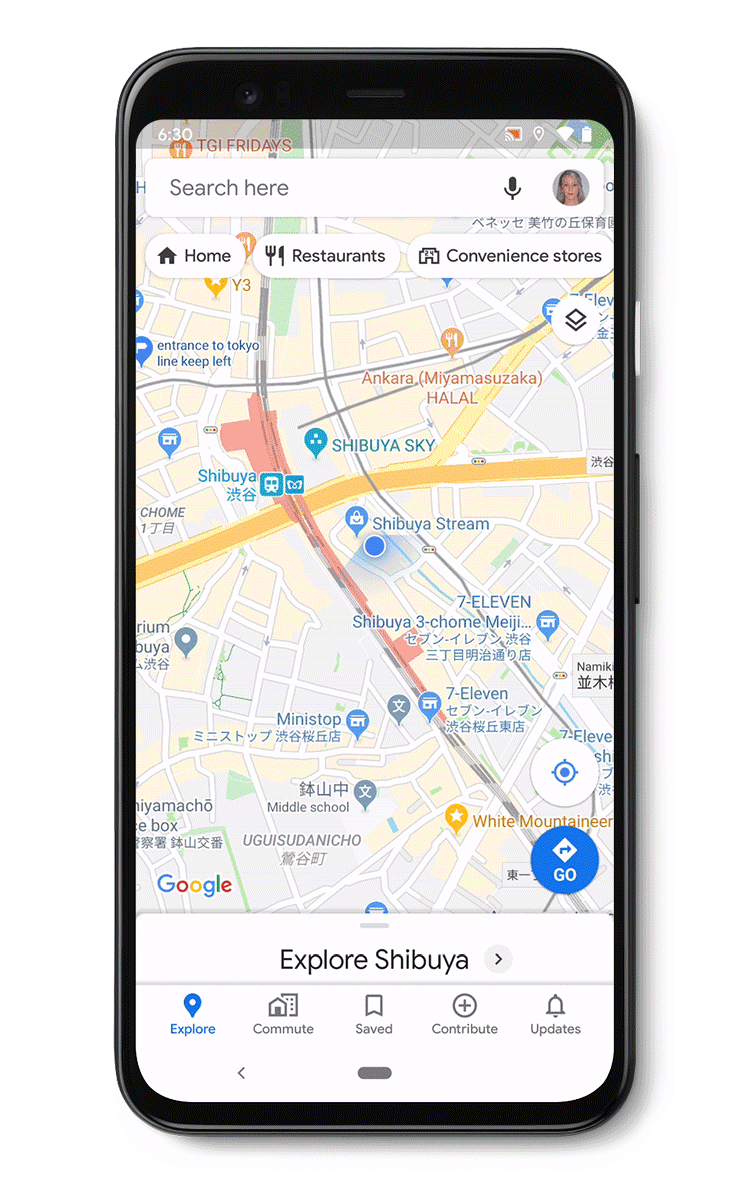With all the change our world saw over the past year, people are relying more than ever on high-quality, updated information about the places around them — like if a nearby restaurant is open or if a local grocery store has updated hours.
To make sure your map reflects the real world, we make it easy for anyone with a Google account to contribute their local knowledge about more than 200 million places in Google Maps. These community-led updates help people everywhere make better decisions about what to do and where to go. And at the heart of the fresh information you see on Google Maps are Local Guides. This community of contributors who help others by updating Google Maps has reached a new milestone: 150 million Local Guides around the world.
Today, we’re introducing three new Google Maps features that will help make sharing and finding local recommendations and information easier.
Leave reviews and updates as part of a community challenge
We see people showing love and support for local businesses in Google Search and Maps by leaving photos, writing reviews or updating factual information like a store’s new hours. We want to amplify that same local love with a feature we are now piloting.
For the next month, most people using Android in the U.S. can join our first nationwide challenge to rally helpful reviews, photos and updates from sea to shining sea. Simply jump into the Contribute tab in Google Maps to join the “Local Love challenge” and add ratings, reviews and confirm information to support local businesses you’ve visited, from your go-to bakery to the neighborhood hardware store. Each contribution will count toward a collective goal of updating 100,000 businesses. We’ll use feedback on the Local Love challenge to guide future campaigns in more countries.

Join the Local Love challenge today to update 100,000 U.S. businesses on Google Maps
Share your latest experiences with photo updates on Maps
Seeing is believing and photos are a great way to learn more about a place. But sometimes you need a little more information, like if a restaurant’s outdoor dining area is shaded on hot days or how crowded a parking lot for a popular hiking trail can get on the weekends. At other times, you might just want to share a helpful tip on Google Maps without having to leave a rating or review. In the coming weeks, we’ll roll out a new content type in Google Maps: photo updates — an easy way to find and share experiences and highlights with recent photos. A Google Maps photo update is a recent snapshot of a place with a short text description, without the need to leave a review or rating.
Simply go to the “Updates” tab when you’re looking at a place in Google Maps to see the latest photos that merchants and other people have shared. To add your own update, tap the “upload a photo update” button, select your photos, leave a short description and post. You can post as many photos as you want and find photo updates that others have left in the Updates tab.

Photo updates can help people make more informed decisions with a place’s most recent images
Draw new or missing roads on Maps
We’ve made it easier for you to report road changes with a new, immersive desktop road editing tool. When you see a road missing on maps.google.com, simply click on the side menu button, go to “Edit the map”, and select “Missing Road.” Now the power to map is in your hands!
Add missing roads by drawing lines, quickly rename roads, change road directionality, and realign or delete incorrect roads. You can even let us know if a road is closed with details like dates, reasons and directions. To make sure the suggestions and edits are accurate, we’ll vet contributed road updates before publishing them.
This feature is rolling out over the coming months in more than 80 countries where people can already report road updates on Google Maps.

In more than 80 countries, people can easily edit roads on maps.google.com
A growing community on Google Maps
Since we launched the Local Guides program six years ago, Local Guides have contributed more than 70% of the reviews, photos and other types of user-generated content you see on Google Maps. They’re people like Leyley from Texas who is passionate about supporting small businesses, and Mahabub in Bangladesh who hosts local meet-ups focused on things like sustainability and supporting people during COVID-19.

Local Guides are instrumental in helping others through their contributions on Google Maps. Learn more about the Local Guides whose efforts we recently recognized and celebrated.
In 2020 alone, Local Guides added more than 8 million places to Google Maps, from local businesses and services to parks and plazas. And during a year where we saw much change, they went above and beyond and updated business attributes on more than 17 million places in Maps, like if a restaurant offers takeout or is open for dine-in.
If you’ve discovered something new in Google Maps or found helpful information about a place, chances are it was with the help of a Google Maps Local Guide.

